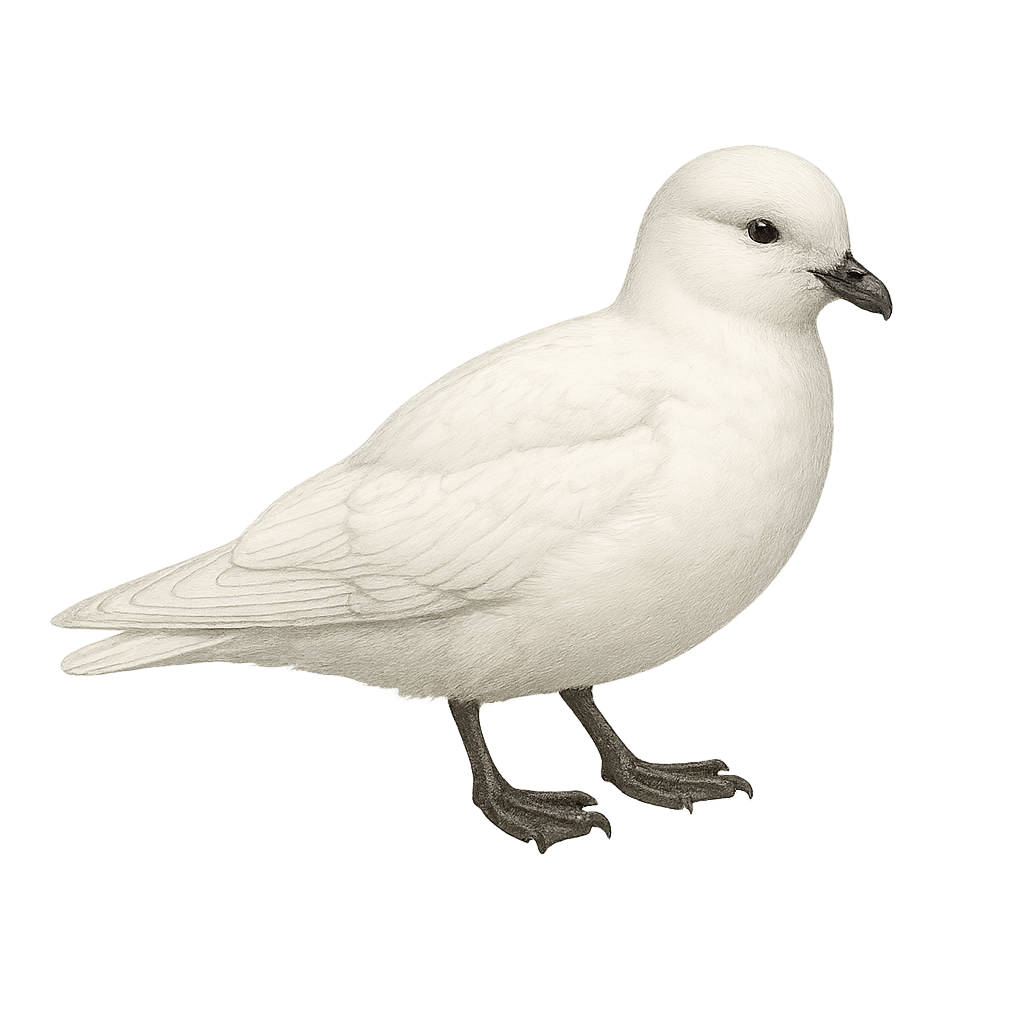Your wildlife photography guide.
Explore the snow petrel in detail, study its behavior, prepare your shots.
Where to observe and photograph the snow petrel in the wild
Learn where and when to spot the snow petrel in the wild, how to identify the species based on distinctive features, and what natural environments it inhabits. The WildlifePhotographer app offers tailored photography tips that reflect the snow petrel’s behavior, helping you capture better wildlife images. Explore the full species profile for key information including description, habitat, active periods, and approach techniques.
Snow Petrel
Scientific name: Pagodroma nivea

IUCN Status: Least Concern
Family: PROCELLARIIDAE
Group: Birds
Sensitivity to human approach: Suspicious
Minimum approach distance: 10 m
Courtship display: November to December
Incubation: 41-44 jours
Hatchings: December to January
Habitat:
Rocky cliffs, ice floes, coastal areas
Activity period :
Primarily active during the day, with peak activity in the morning and late afternoon.
Identification and description:
The Snow Petrel, Pagodroma nivea, is a marine bird iconic to the Antarctic regions. It is distinguished by its entirely white plumage, which allows it to blend into the icy landscapes. Measuring about 30 to 40 cm in length with a wingspan of 75 to 95 cm, it is perfectly adapted to the extreme conditions of its habitat. Its black beak and dark eyes contrast with its immaculate plumage. The Snow Petrel feeds mainly on krill, fish, and squid, which it captures by diving into the icy waters. It nests on rocky cliffs, where it lays a single egg per year. This bird is a symbol of resilience and adaptation to the most hostile environments on our planet.
Recommended lens:
400 mm – adjust based on distance, desired framing (portrait or habitat), and approach conditions.
Photography tips:
To photograph the Snow Petrel, it is advisable to use a 400mm lens or longer to capture detailed images without disturbing the bird. Lighting conditions can be challenging due to glare from snow and ice, so adjust exposure accordingly. Opt for times when the light is soft, such as early morning or late afternoon. Be patient and discreet to observe the natural behaviors of this fascinating bird.
The WildlifePhotographer App is coming soon!
Be the first to explore the best nature spots, track rutting seasons, log your observations, and observe more wildlife.
Already 1 432 wildlife lovers subscribed worldwide

